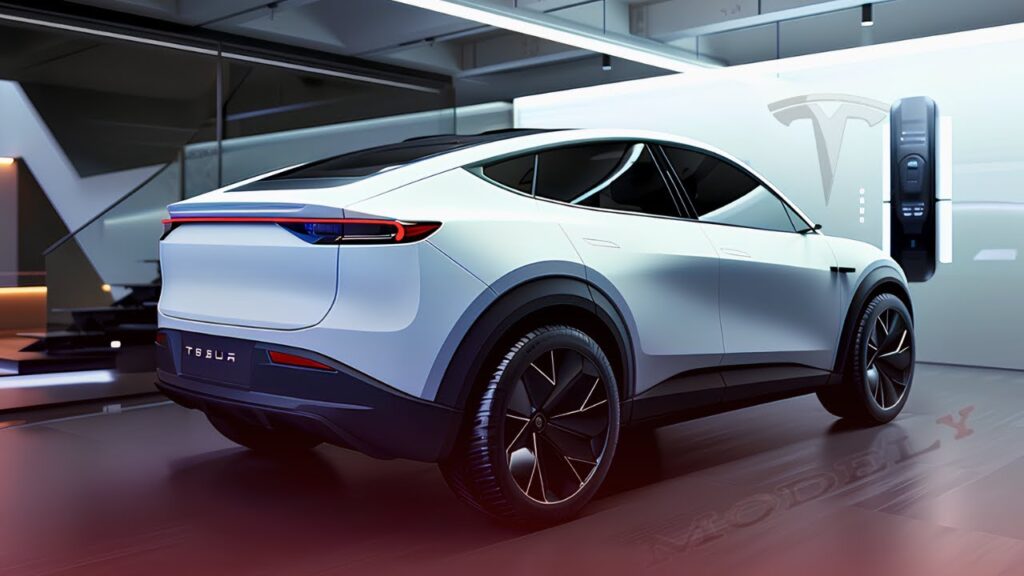
Introduction
Tesla’s advancements in the automotive industry are under continuous scrutiny as the company prepares for 2025. With an increasing demand for electric vehicles (EVs) and a global shift towards sustainability, Tesla’s innovations could shape how we drive in the near future. This article examines Tesla’s projections, upcoming models, and technology advancements that could define the company’s strategy in 2025.
Upcoming Models
One of the most anticipated releases in 2025 is the Tesla Cybertruck. Initially expected to launch in 2021, production delays have pushed its rollout further. Tesla aims to make a significant impact in the pickup market, which has traditionally been dominated by gas-powered vehicles. Alongside this, the next-generation Roadster, expected to offer unprecedented performance and speed, is also slated for release.
Additionally, Tesla is predicted to unveil a more affordable model known informally as the Model 2. This newer model aims to reach a broader audience and could potentially lower the barrier for entry into the EV market. The focus on affordability aligns with Tesla’s goal to expedite the transition to sustainable energy.
Technological Advancements
By 2025, Tesla is expected to continue leading the charge in autonomous driving technology. The company has been actively developing its Full Self-Driving (FSD) capabilities, which could become a mainstream feature by 2025. The rollout of software updates and enhanced artificial intelligence systems will likely improve performance, bringing the promise of much safer autonomous vehicle travel.
In addition to driving technology, Tesla is also investing in battery technology to further improve range and charging efficiencies. The anticipated use of 4680 battery cells, promising lower costs and better energy density, could revolutionize the EV landscape and deepen Tesla’s market penetration.
Global Expansion and Sustainability Goals
As Tesla gears up for 2025, the company is expanding its Gigafactories worldwide. Locations in Texas and Berlin are expected to ramp up production significantly to meet the increasing global interest in electric vehicles. By continuously increasing their production capacity, Tesla aims to reduce the delivery wait times that have frustrated many of its customers.
The urgency around climate change will compel Tesla to solidify its sustainability efforts by not only producing more EVs but also enhancing charging infrastructure globally. Tesla has vowed to make charging more accessible, working towards its goal of universal adoption of electric cars.
Conclusion
As we look forward to 2025, Tesla stands at the forefront of electric vehicle innovation. With exciting new models, significant advancements in technology, and a commitment to sustainability, the potential impact of Tesla’s strategies is immense. The company’s ambitions not only set benchmarks within the automotive industry but also drive broader societal shifts towards a sustainable future. As 2025 approaches, all eyes will be on Tesla to see how they execute their visionary plans and shape the way we think about transportation.



